Malhotra, A. et als.
Plastic & Reconstructive Surgery: July 2018 – Volume 142 – Issue 1 – p 9e–16e
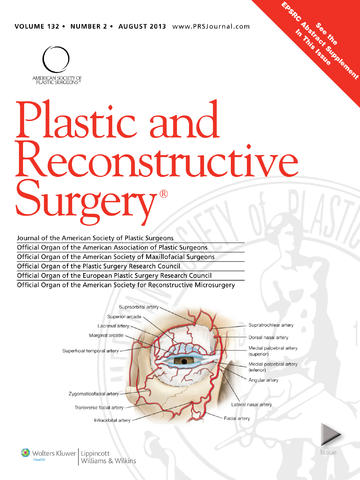 Primary evidence for the role of endocrinologic investigations in patients with adolescent gynecomastia is lacking in the current literature. The objective of this study was to assess the yield of endocrinologic investigations in the evaluation of adolescent gynecomastia to inform current practice for this common condition.
Primary evidence for the role of endocrinologic investigations in patients with adolescent gynecomastia is lacking in the current literature. The objective of this study was to assess the yield of endocrinologic investigations in the evaluation of adolescent gynecomastia to inform current practice for this common condition.
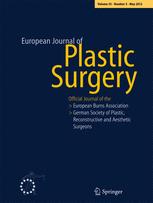 A patient’s perspective is usually measured by patient-reported outcome instruments, which are becoming increasingly relevant to current research on clinical outcomes. The aims of our review were to identify studies that evaluated patient satisfaction after gynecomastia correction, analyze existing questionnaires, and summarize the development, psychometric properties and content of the questionnaires.
A patient’s perspective is usually measured by patient-reported outcome instruments, which are becoming increasingly relevant to current research on clinical outcomes. The aims of our review were to identify studies that evaluated patient satisfaction after gynecomastia correction, analyze existing questionnaires, and summarize the development, psychometric properties and content of the questionnaires.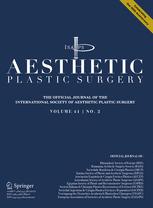 Aesthetic breast area improvements for gynecomastia and gender dysphoria patients who seek a more masculine appearance have increased recently. We present our clinical experience in breast masculinization and a classification for these patients.
Aesthetic breast area improvements for gynecomastia and gender dysphoria patients who seek a more masculine appearance have increased recently. We present our clinical experience in breast masculinization and a classification for these patients.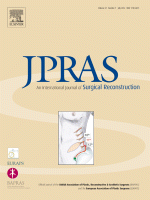 Numerous surgical techniques exist for gynaecomastia treatment. Although ultrasound-assisted liposuction (UAL) is thought to be more effective than conventional liposuction, to date there remains no objective and direct comparison of the two modalities. Hence, a comparative study was performed of a single surgeon’s experience over 13 years using two definitive parameters, namely intraoperative conversion to open excision and postoperative revisional surgery rates.
Numerous surgical techniques exist for gynaecomastia treatment. Although ultrasound-assisted liposuction (UAL) is thought to be more effective than conventional liposuction, to date there remains no objective and direct comparison of the two modalities. Hence, a comparative study was performed of a single surgeon’s experience over 13 years using two definitive parameters, namely intraoperative conversion to open excision and postoperative revisional surgery rates.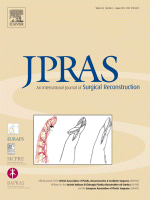 Nowadays, as in the past, much attention is paid to aesthetic operations in women, while only infrequently have such operations been referred to in males. Generally, male aesthetic surgery was introduced to surgical practise during the 19th century. In this study, we analysed the practise of such operations in Byzantine times and in other ancient cultures with surgical knowledge, i.e. ancient India and China.
Nowadays, as in the past, much attention is paid to aesthetic operations in women, while only infrequently have such operations been referred to in males. Generally, male aesthetic surgery was introduced to surgical practise during the 19th century. In this study, we analysed the practise of such operations in Byzantine times and in other ancient cultures with surgical knowledge, i.e. ancient India and China. El desarrollo de pecho con apariencia femenina en el hombre puede causar gran estrés emocional, particularmente en jóvenes y adolescentes. Se han descrito múltiples técnicas mediante las cuales se pueden eliminar tanto el tejido adiposo como el tejido fibroglandular mamario. Presentamos nuestra experiencia en el tratamiento quirúrgico de la ginecomastia, haciendo énfasis en la técnica de liposucción más rasurador artroscópico (técnica de Prado), la cual creemos que es excelente para la corrección de la ginecomastia tanto adiposa como fibroglandular.
El desarrollo de pecho con apariencia femenina en el hombre puede causar gran estrés emocional, particularmente en jóvenes y adolescentes. Se han descrito múltiples técnicas mediante las cuales se pueden eliminar tanto el tejido adiposo como el tejido fibroglandular mamario. Presentamos nuestra experiencia en el tratamiento quirúrgico de la ginecomastia, haciendo énfasis en la técnica de liposucción más rasurador artroscópico (técnica de Prado), la cual creemos que es excelente para la corrección de la ginecomastia tanto adiposa como fibroglandular.




 Sitio web publicado el
Sitio web publicado el
Los lectores comentan